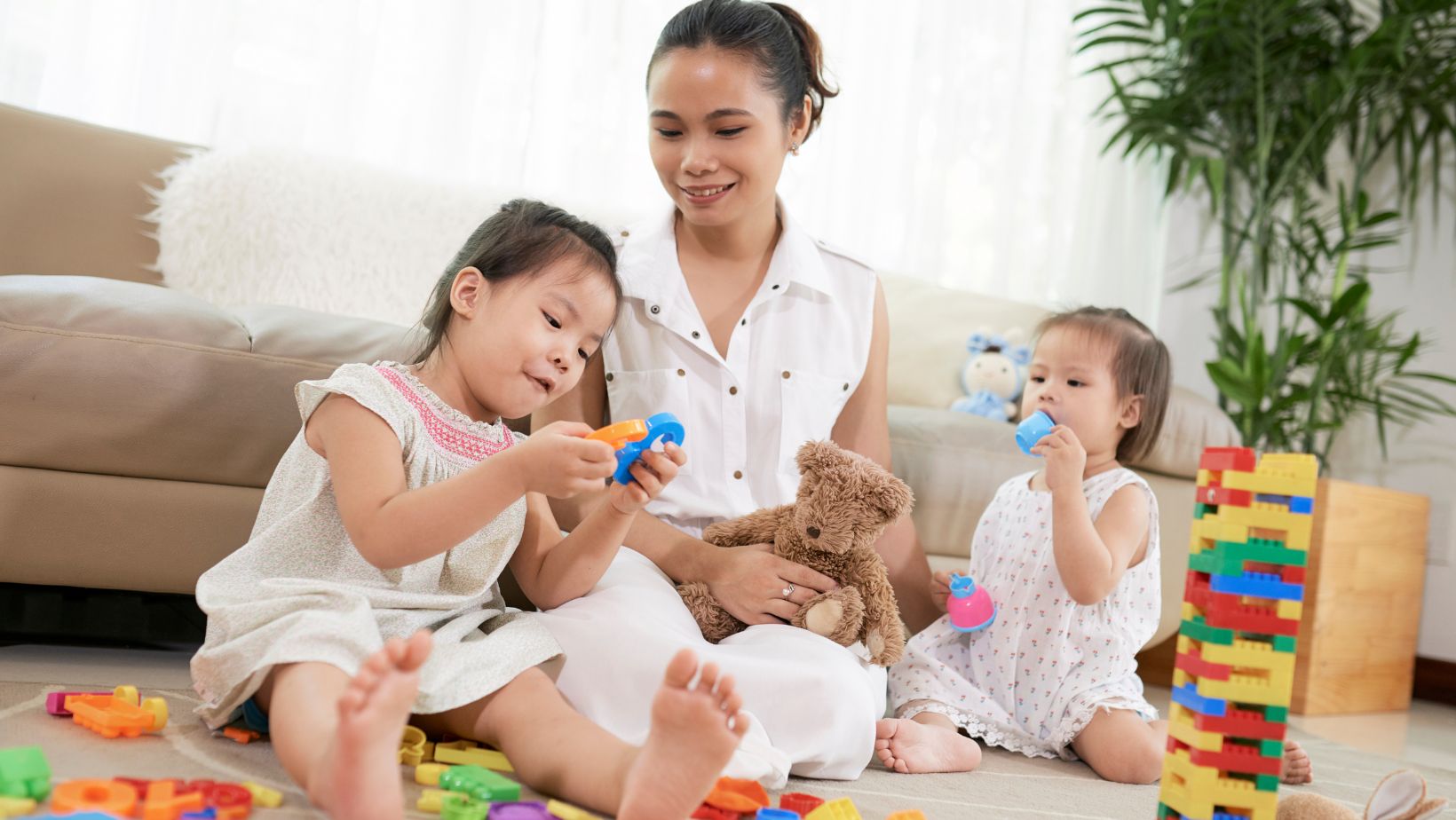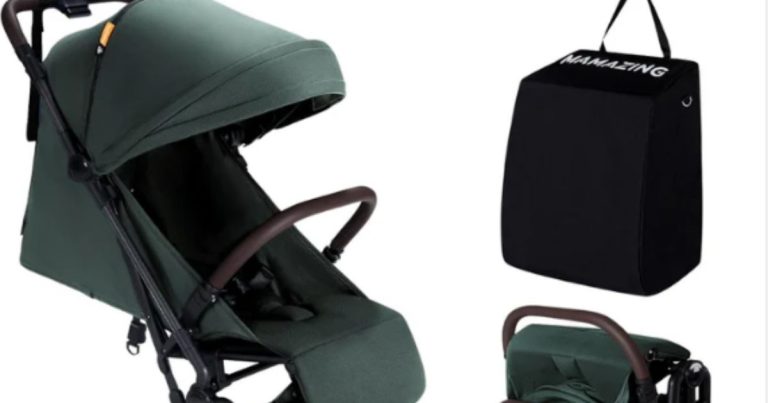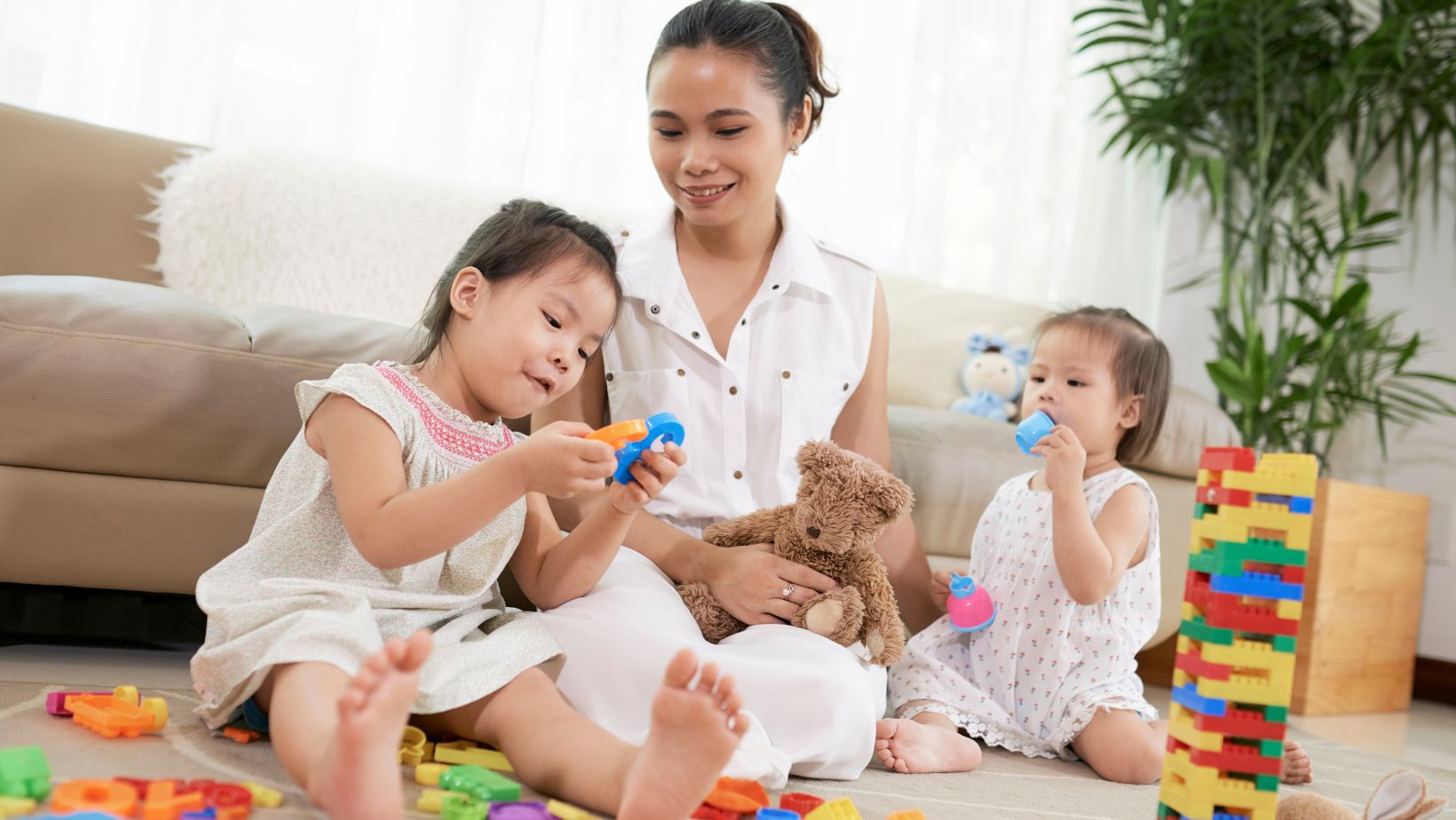 Becoming a mom for the first time is a life-changing experience filled with love, excitement, and a touch of nervousness. One of the biggest priorities for new moms is creating a safe and nurturing space for their children. Physical safety and emotional security are key to helping your child thrive in their early years. Here’s a comprehensive guide to help create a safe space for your child.
Becoming a mom for the first time is a life-changing experience filled with love, excitement, and a touch of nervousness. One of the biggest priorities for new moms is creating a safe and nurturing space for their children. Physical safety and emotional security are key to helping your child thrive in their early years. Here’s a comprehensive guide to help create a safe space for your child.
Physical Safety: Baby-Proofing Essentials
Physical safety is one of the first things that come to mind for new moms, and it is similar to online safety when you bet on cricket online. Ensuring your home is baby-proofed minimizes the risk of accidents and gives you peace of mind. Here’s how to start:
Cover Electrical Outlets
Children are naturally curious and may be attracted to electrical outlets. To avoid accidental shocks, use outlet covers and keep wires or cables out of reach.
Install Safety Gates
For homes with stairs or areas that need restricted access, consider installing safety gates. These are especially beneficial when your child begins crawling or walking, as they can aid in preventing falls.
Anchor Furniture and Appliances
To avoid tipping hazards, secure heavy furniture such as bookshelves, dressers, and TV stands to the wall. Children may attempt to climb or pull themselves up on these pieces, posing a risk if not properly anchored.
Keep Hazardous Items Out of Reach
Young children are at risk of harm from household cleaning products, sharp objects, and small items. Keep these items out of reach by storing them high up or in locked cabinets. Consider using child-proof locks on drawers and doors for added safety.
Create a Healthy and Non-Toxic Environment
Establishing a safe environment involves more than just child-proofing.
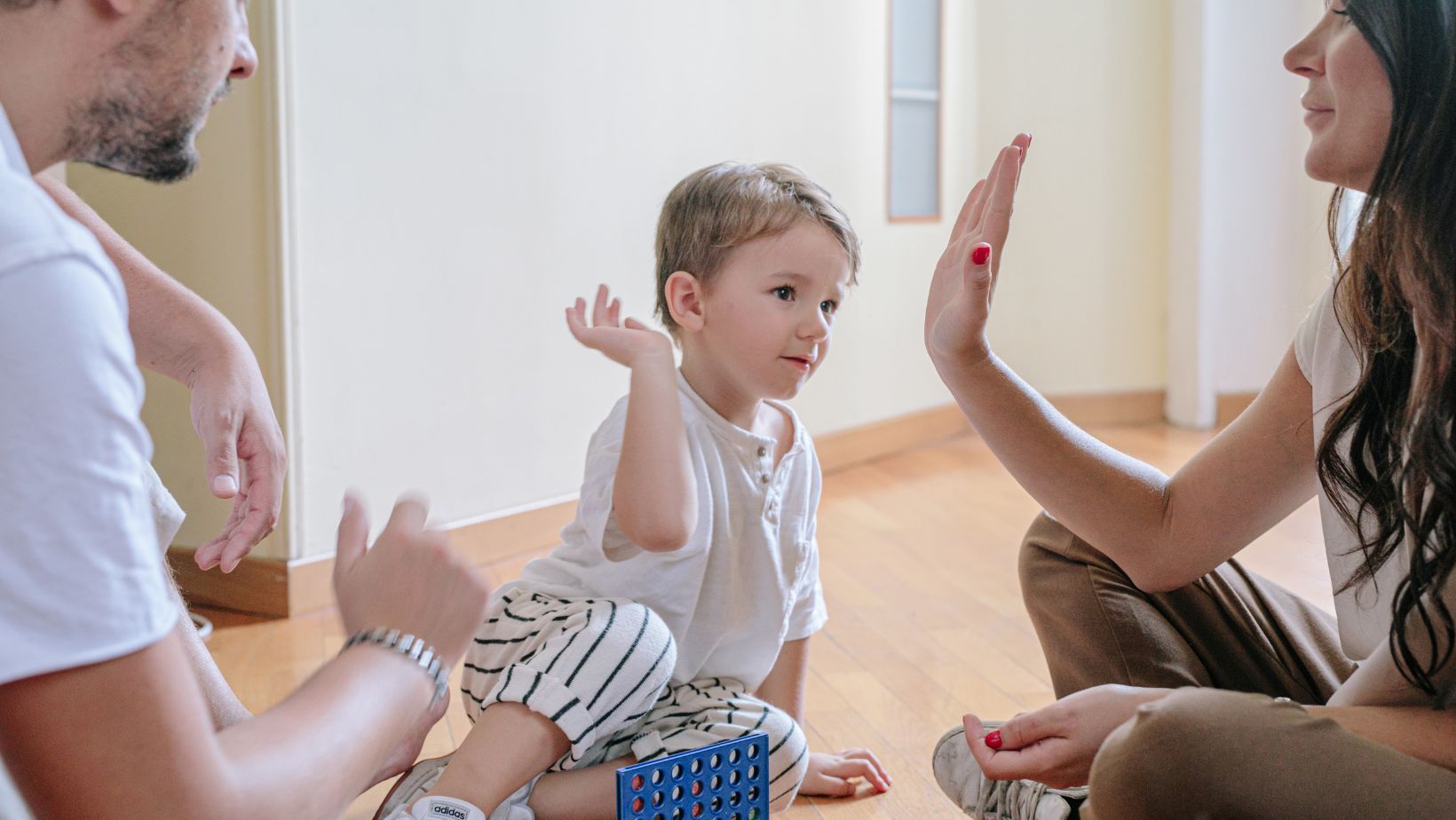
Creating a non-toxic environment lowers the chances of your child coming into contact with dangerous chemicals and allergens.
Choose Eco-Friendly and Non-Toxic Products
Choose natural cleaning products, hypoallergenic laundry detergents, and non-toxic paint when redecorating to minimize your child’s exposure to harmful substances that may impact their health.
Monitor Air Quality
Maintaining good indoor air quality is essential, especially for newborns with sensitive lungs. Use an air purifier to reduce allergens and dust, and ensure your home is well-ventilated. If possible, avoid smoking indoors and avoid products with strong fumes. You can reach out to indoor air quality experts at Modern Purair to guarantee that your children breathe clean, fresh, and healthy air, improving their overall well-being and comfort.
Check for Choking Hazards
Stay alert for possible choking dangers, such as small toys or coins, in your child’s play area. Check regularly and remove any objects that could be a choking hazard, especially those that could fit through a choke tube or are smaller than a golf ball.
Emotional Safety: Building a Secure Bond
Establishing a space where emotions are validated and respected is equally crucial to ensuring a child’s well-being as physical safety. When a child feels emotionally secure, they are more likely to trust others and feel a sense of love and worth.
Establish Consistent Routines
Establishing consistent routines helps children feel safe and secure by providing predictability in their daily activities. When feeding, sleeping, and playtime occur at the same time each day, babies are able to anticipate what comes next, leading to reduced anxiety and a sense of ease.
Practice Responsive Parenting
Consistently responding with warmth to your baby’s needs helps to build trust and strengthen the bond between parent and child. When your child cries or seeks comfort from you, responding consistently and with love reassures them that they are cared for and valued.
Encourage Positive Expression of Emotions
Encourage your child to openly share their emotions. Use calming words when speaking to them, validate their feelings, and teach them healthy ways to cope. This approach promotes emotional security and strength as they develop.
Minimize Stressful Situations
Infants and toddlers are easily affected by their surroundings and can sense stress. Maintain a peaceful home atmosphere and limit exposure to loud noises or disorderly settings to promote a sense of calm.
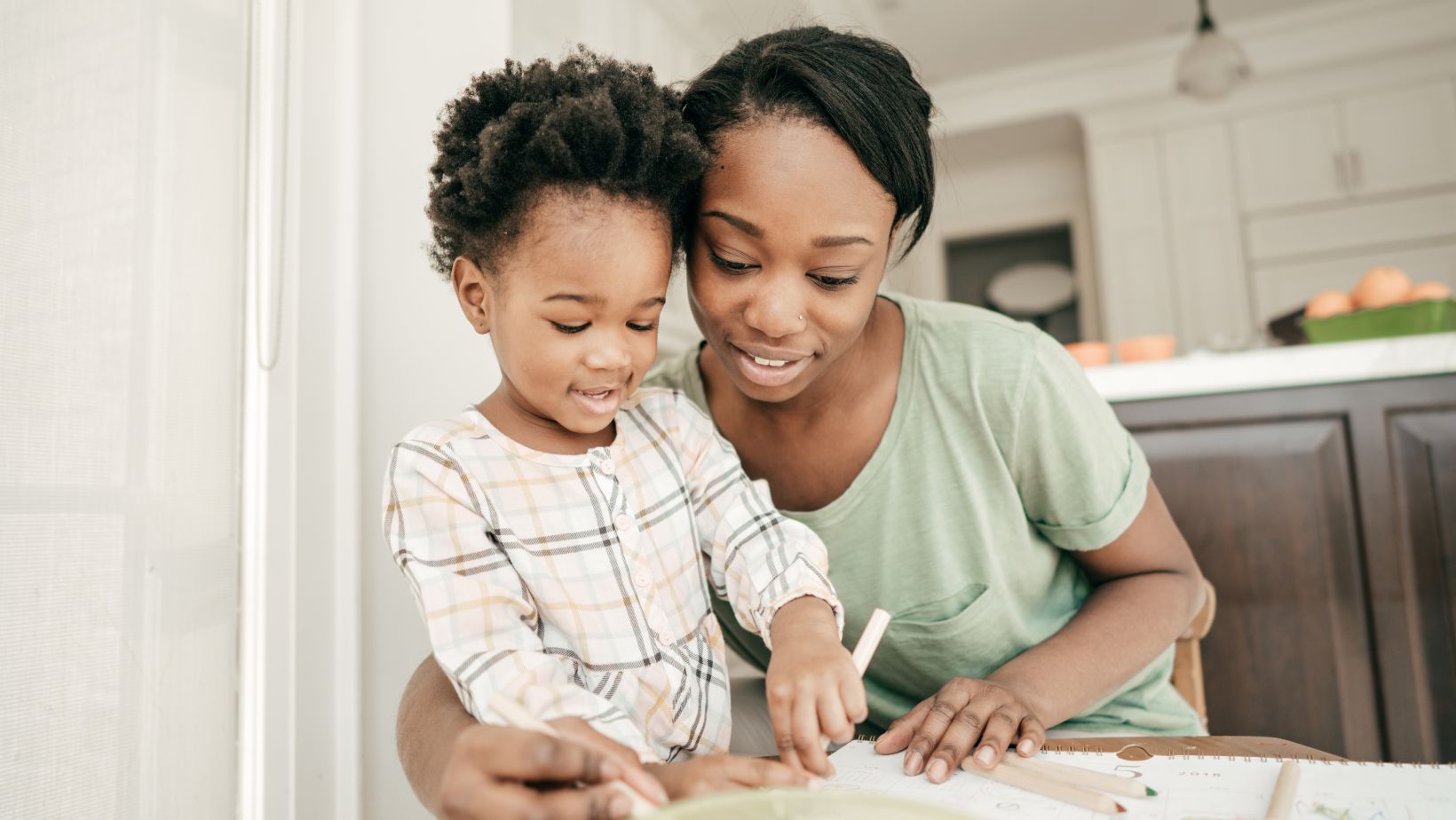
When life gets busy, taking a few moments to breathe and center yourself can help you appear calm to your child.
Encourage Exploration in a Safe Space
A secure environment enables your child to freely explore and enhance their abilities without overly strict limitations. Here are strategies to maintain a balance between safety and the opportunity for growth:
Create a Dedicated Play Area
Create a designated play area for your child to freely explore and have fun. Fill this space with toys suitable for their age and arrange it in a way that minimizes potential dangers. Consider using soft flooring or play mats to prevent injuries from falls, and include sensory toys to promote their development and learning.
Supervise, Don’t Hover
For new moms, it’s natural to want to keep a close eye on your child, but it’s also crucial to give them the freedom to explore. Find a balance between supervision and allowing them space to discover their surroundings, stepping in only when necessary.
Introduce New Experiences Gradually
It’s important to support your child in exploring new experiences, while also being aware of their comfort zone. By slowly introducing them to unfamiliar sounds, people, and places at a pace that feels comfortable for them, you can help them develop confidence and strength.
Conclusion
As a new mother, it is important to establish a safe environment for your child that includes physical safety, emotional security, health, and nurturing surroundings. This can be achieved through baby-proofing and cleanliness to prevent physical harm, as well as maintaining consistent routines and providing responsive parenting to promote emotional well-being. It is also essential to prioritize your own well-being in order to create a safe and loving space for your child to flourish. By implementing these strategies, you will be able to provide a secure and supportive environment for your child to grow and thrive.

